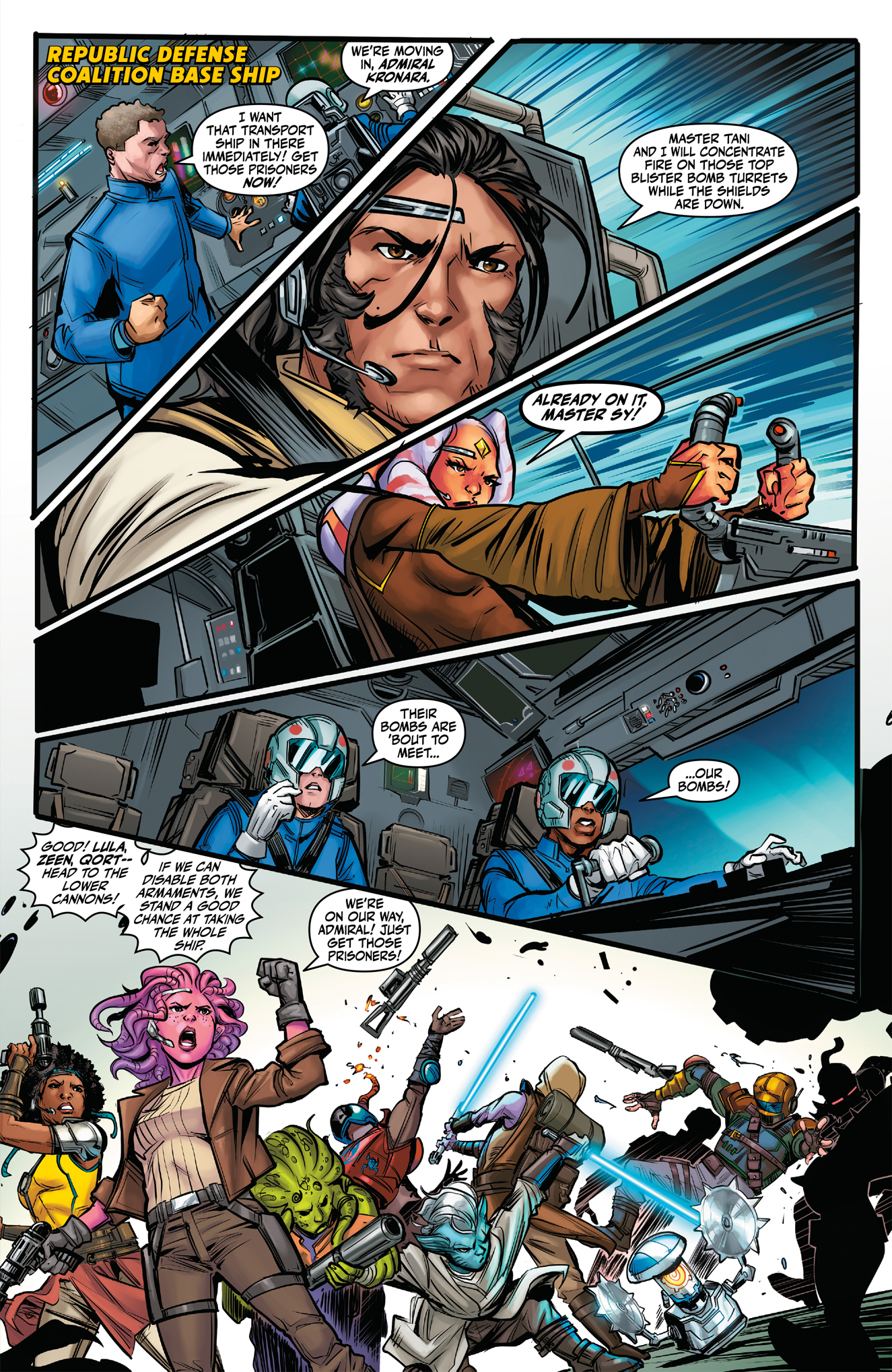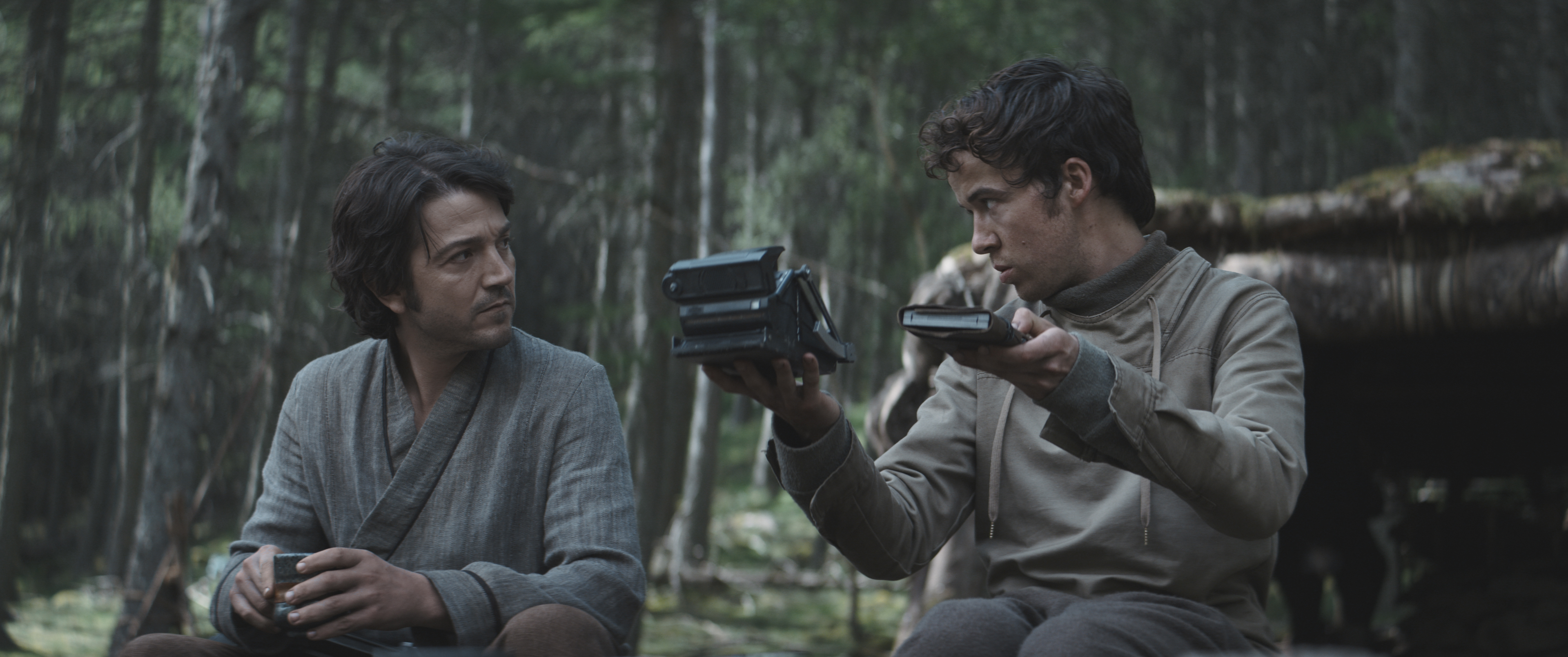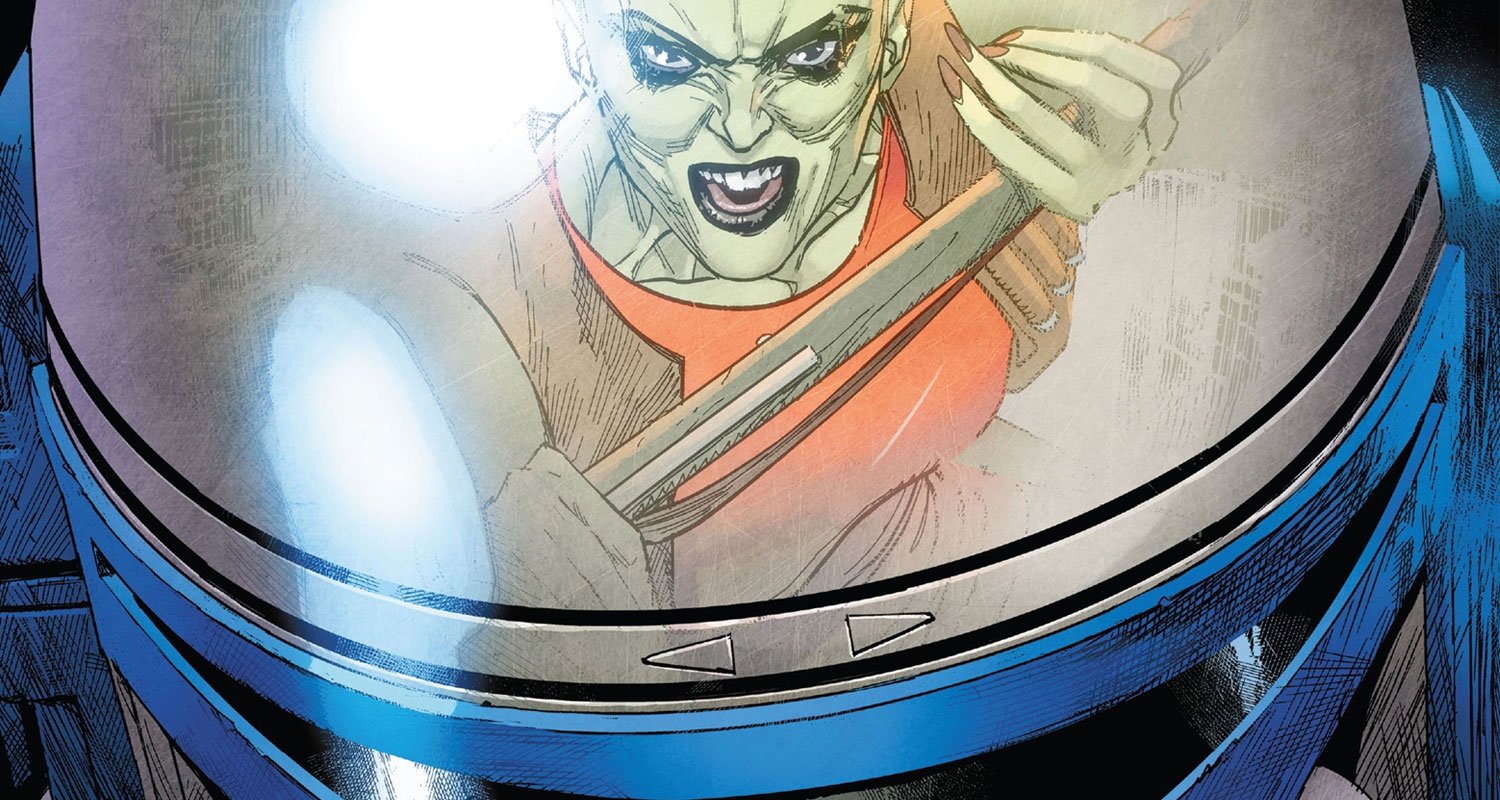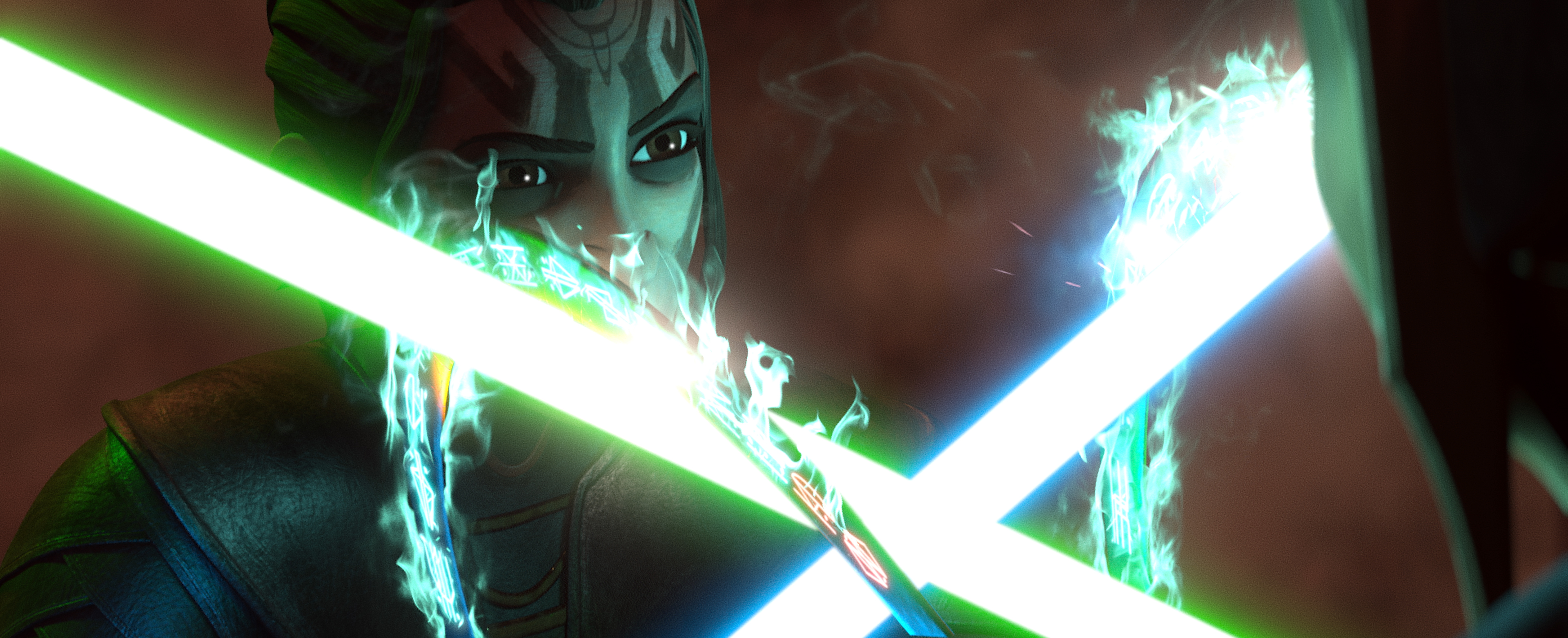Filling in the Gaps: City Lights
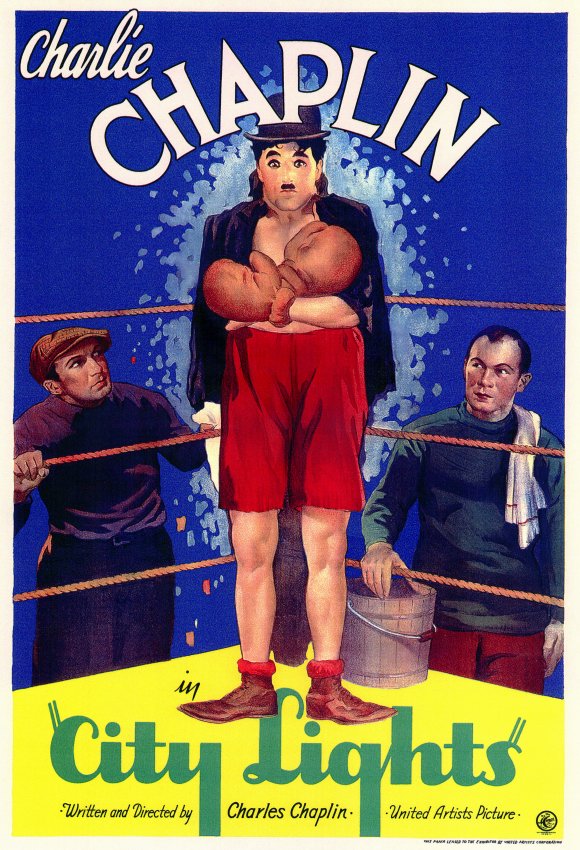
Every cinephile has gaps in their resumes. Films they feel they should have seen but have not. The classic movies that inspire many of today’s films and pop culture references are often known only by reputation or by famous snippets. In this feature I will attempt to fill in my own gaps, while keeping in mind the modern viewer and how the films might interest them.
So, I’m going to make a somewhat embarrassing admission here. Before I watched Charlie Chaplin’s City Lights, I had never watched a full length silent feature. I’ve seen shorts. I’ve seen lots of famous scenes and excerpts. I saw Mel Brooks’ silent movie which I guess sort of qualifies but isn’t technically a silent movie since it features as single line of spoken dialogue. But I had always been put off my films without dialogue as dialogue tends to be one of the most important factors in my appreciation of a movie.
So, it was with some trepidation that I decided to follow up two fast paced Hawks comedies that were basically wall to wall wit, with the Chaplin classic. But, quite happily, I had nothing to fear. There is a reason many (including Chaplin himself) consider this the director’s best work.
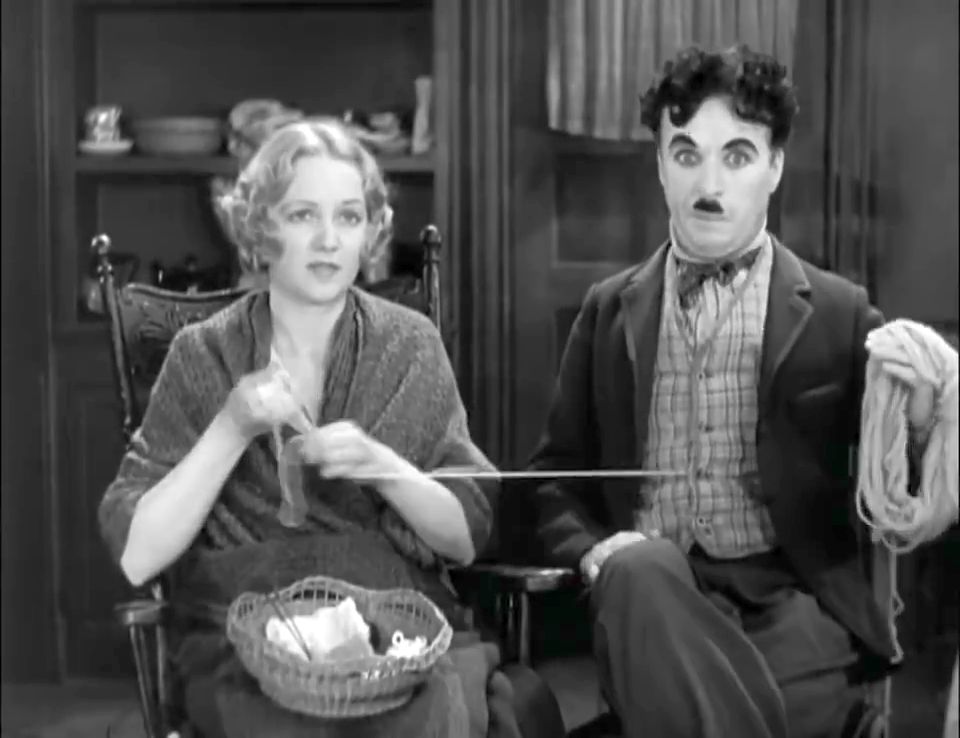
City Lights, like many of Chaplin’s works, concentrates on his iconic Tramp character. The down on his luck hobo with a big heart is one of the most memorable characters of early cinema, and rightly so. Chaplin brings so much depth and life to that simple character, that it often feels like you could put him in any plot or situation and he would be entertaining.
But the great thing about City Lights is that it doesn’t sacrifice plot or character in search of the next gag. Chaplin took his creation of City Lights very seriously. His first film to be released after the advent of talkies, he was convinced it needed to be perfect or risk his career. And reportedly, many in Hollywood agreed and thought the idea of making a big budget silent film in the new era was folly.
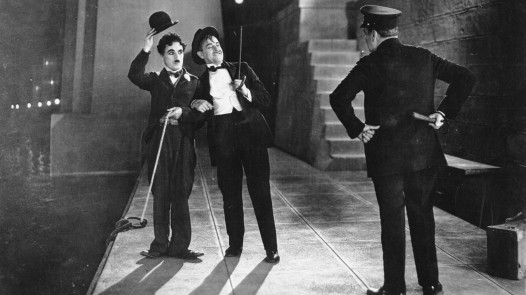
Chaplin famously had trouble getting investors and distribution, spending enormous amounts of his own money to finance and market the film. He spent three years trying to get the film just right, trying to elevate his form from sight gags to art, and it paid off in spades. Critics and audiences loved the film and it was a huge hit, proving all those naysayers wrong.
But why was it such a huge hit? Because it truly is a brilliant piece of cinema. City Lights is a simple story. The Tramp falls in love with a blind girl who sells flowers on the street. She mistakes him for a wealthy man. Hijinx ensue. But it is also much more than that. The tramp saves a man from committing suicide, parties with wealthy socialites, enters a boxing tournament (a truly impressive set piece that is equally hilarious and awesome in its length and complexity). But he heart of the movie is in The Tramp’s tireless efforts to help this blind girl restore her sight when if he has nothing to give her. There are scenes in City Lights that quickly move between deeply moving and uproariously hilarious and then back again just as quickly.

I’m not going to say that City Lights will be everyone’s cup of tea. Modern viewers may not all be a perfect fit for silent comedy. But it is definitely not a film to dismiss as a relic of a distant era. Unless you are completely averse to silent films, it should have something to offer for you and is well worth the investment of its short running time.
City Lights
Directed by: Charles Chaplin
Starring: Charles Chaplin, Virginia Cherrill
Recommend for: Comedy Lovers, Romantics, and people who enjoy a story of class struggles
Tim Levers is a contributor at MNN, a devout worshiper of cinema, and a life-long movie geek. Sci-Fi/Fantasy, Action, Drama, Classics, Horror. Love them all. All genres have the ability to produce a great film.


